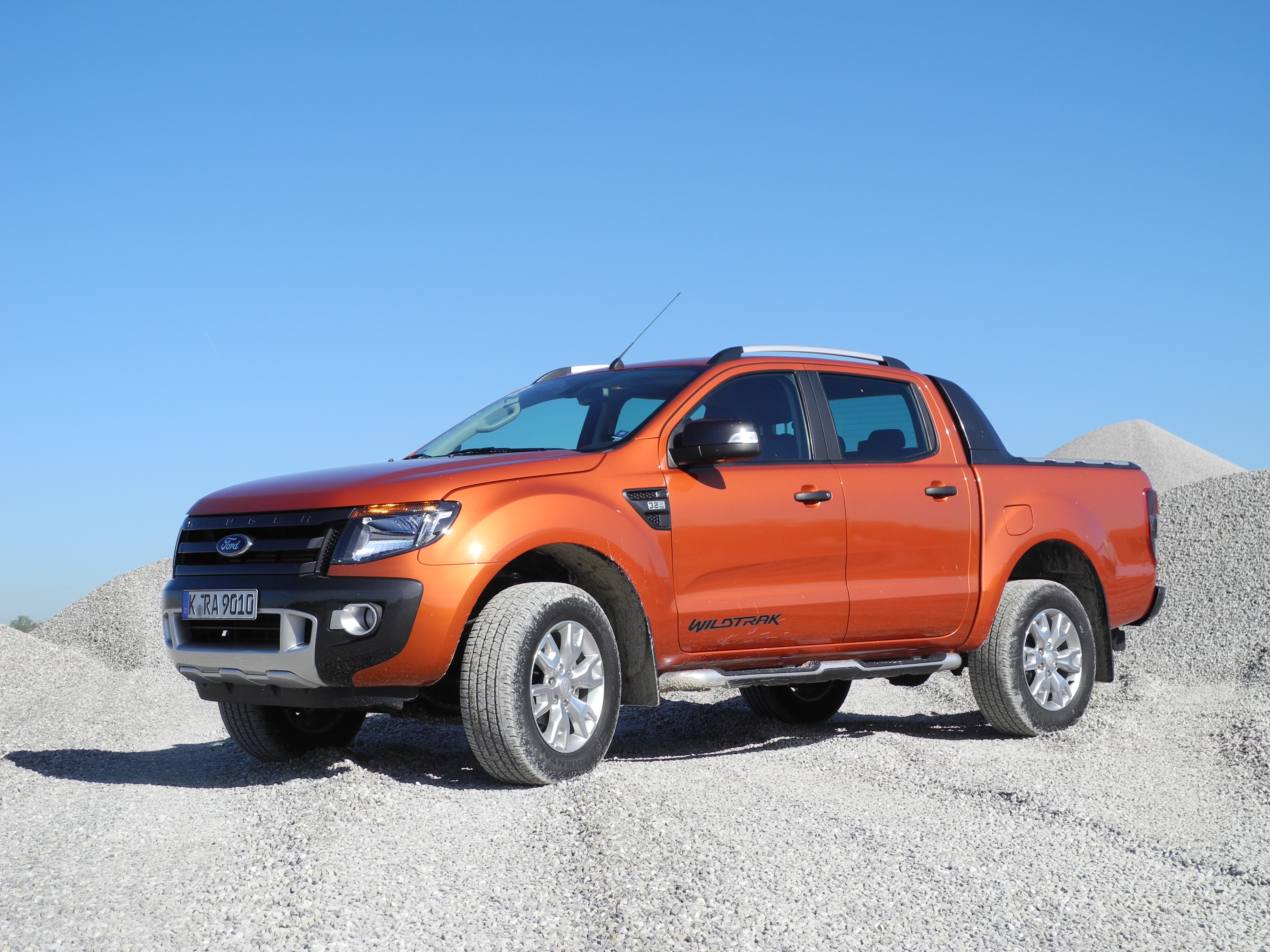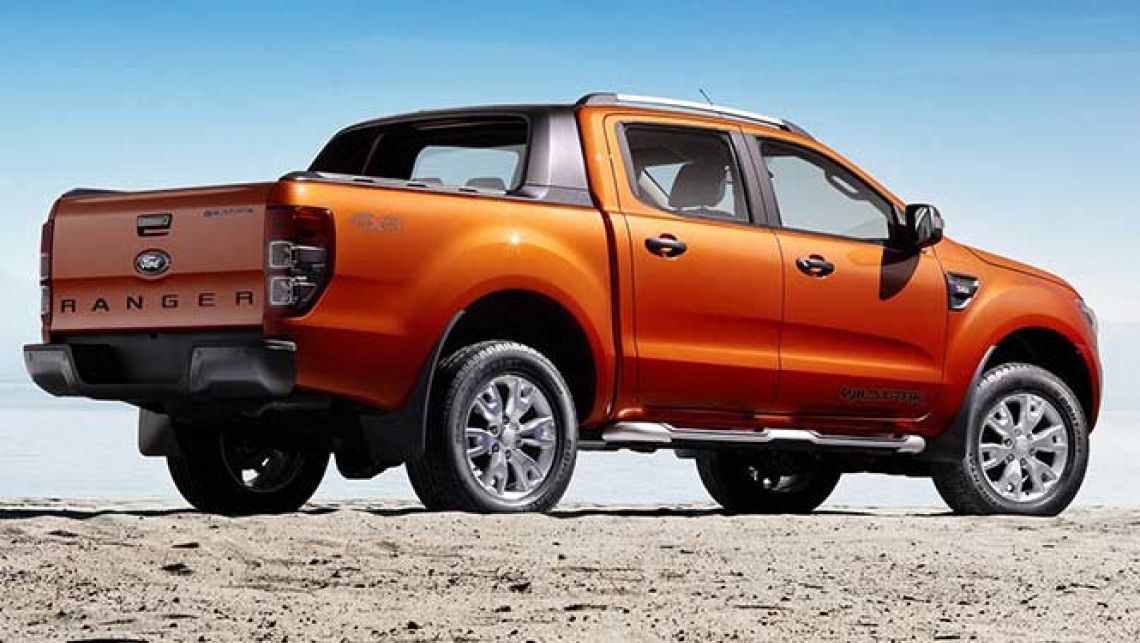Ford to revamp lineup: more SUVs, trucks, and hybrids
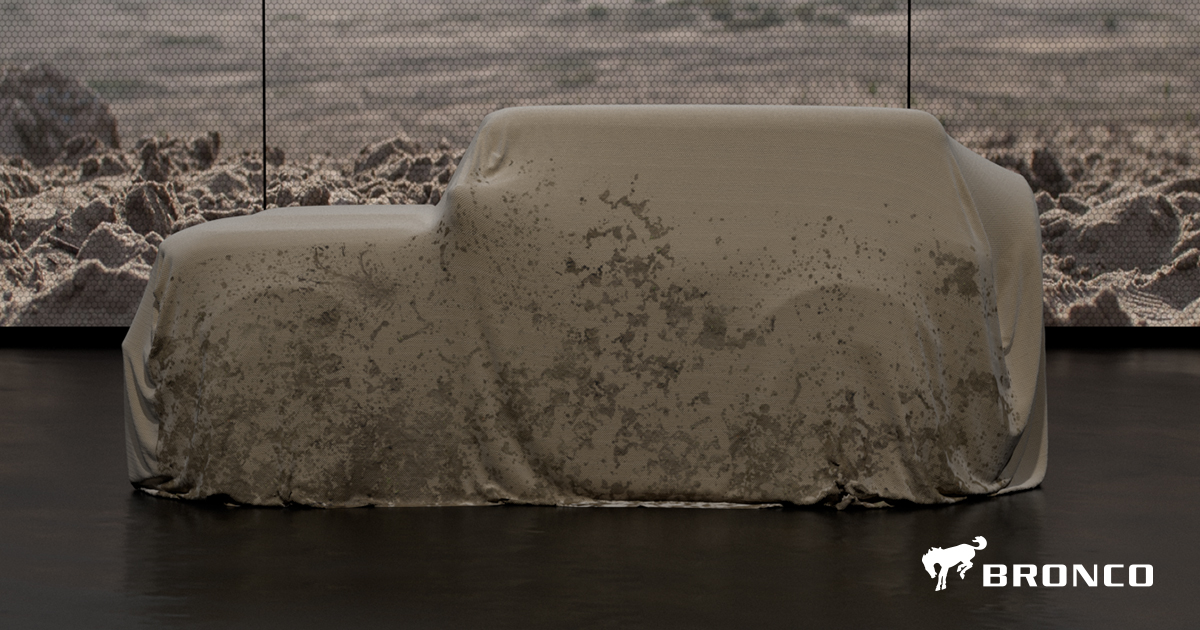
Dearborn, MI – Regardless which automaker, there's a typical response to any automotive question in regards to the future, “we don't talk about future products.” Well, this day in Dearborn was slightly different, as Ford did just that in a Ford Uncovered event, that provided a sneak peek of what's to come from the Blue Oval.
The biggest takeaway from the event was Ford's push away from cars with heavy investments being made towards trucks and SUVs. Given the recent record of sales in the light truck segment, this news was far from shocking, but the extreme changeover was.
“Trucks and utilities – including their electrified versions – are going to be almost 90 percent of the volume,” explains Jim Farley, “Trucks and utilities – including their electrified versions – are going to be almost 90 percent of the volume,” explains Jim Farley, executive vice president, Global Markets, Ford Motor Company.
By 2020, 86 percent of the Ford business will deal with trucks, SUVs and commercial vans that will see three quarters of its current vehicle portfolio turned over, reducing the average showroom age from 5.7 years down to to 3.3 years.
“Trucks and utilities are going to fuel our growth and profitability,” adds Farley.
We weren't told which sedans will be extinct by 2020, but Ford will add a host of all-new SUVs over the next few years that include the Ranger, Bronco and another unnamed off-road utility specialist. The off-road vehicles will aim to be that weekend warrior of adventure. Farley pointed to the Ford F-150 Raptor as an inspiration for these vehicles with comfort found both at on-road high speeds and in the sand.
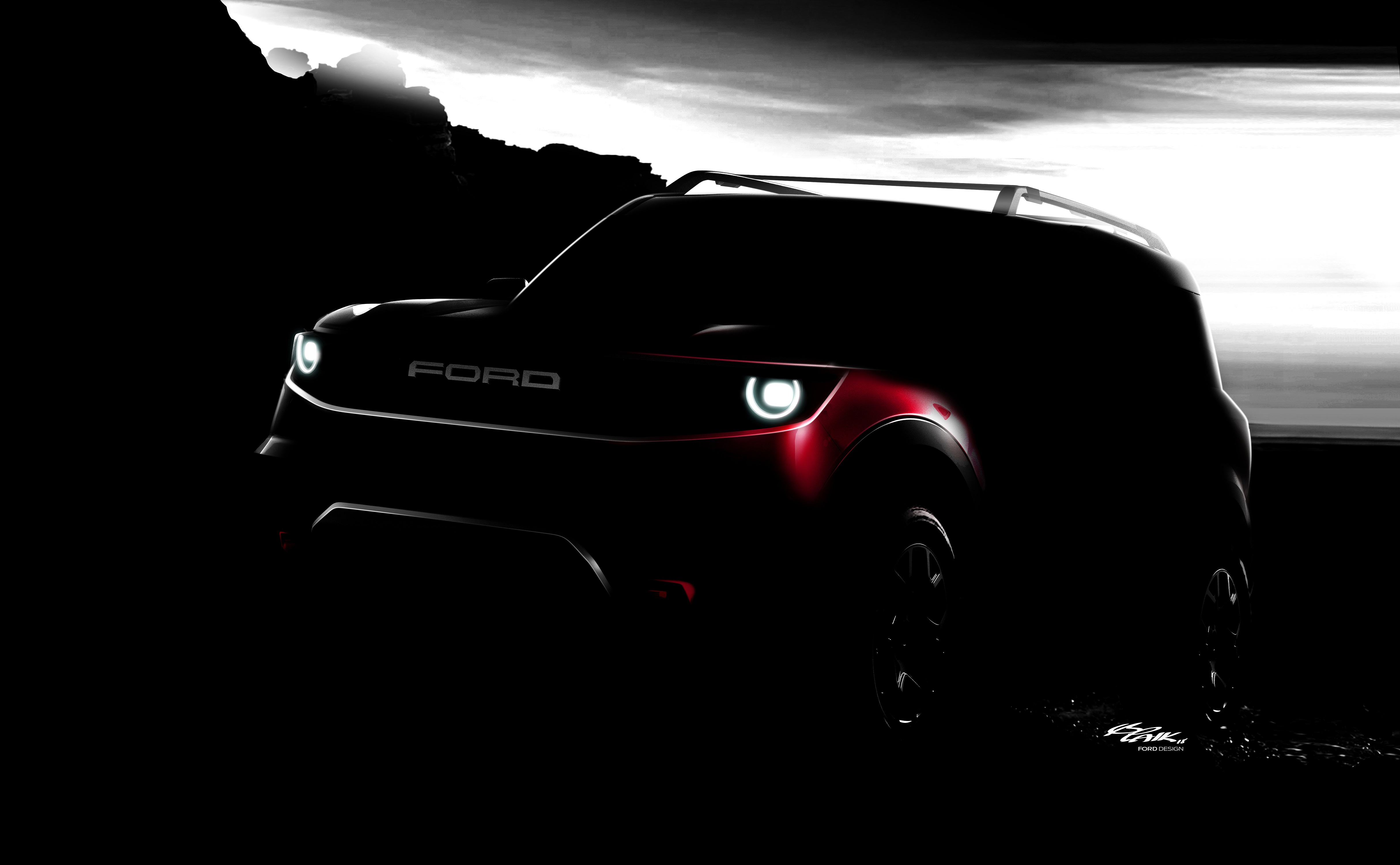
That's not to mean performance won't play a role in the future of Ford. Farley confirmed that the Explorer ST will soon be unveiled, along with an all-new Mustang Shelby GT500 that should set the horsepower bar pretty high.
Ford takes aim at Toyota for hybrid lead
Profits received from its SUV and truck business – F-Series accounted for $41 billion in 2017 alone – will allow Ford to invest more heavily into its other big venture: hybrids. The hybrid push will serve a dual purpose of contributing to carbon dioxide emissions, as well as assisting customers versus potential higher gas prices in the future.
Farley explained that Ford's current status as the No. 2 in global hybrid sales is expected to become No. 1 by 2021. Ford plans to add a conventional or plug-in hybrid to all of its high-volume sellers including the iconic Mustang and the Ford F-Series, the best-selling vehicle in Canada for 52 consecutive years.
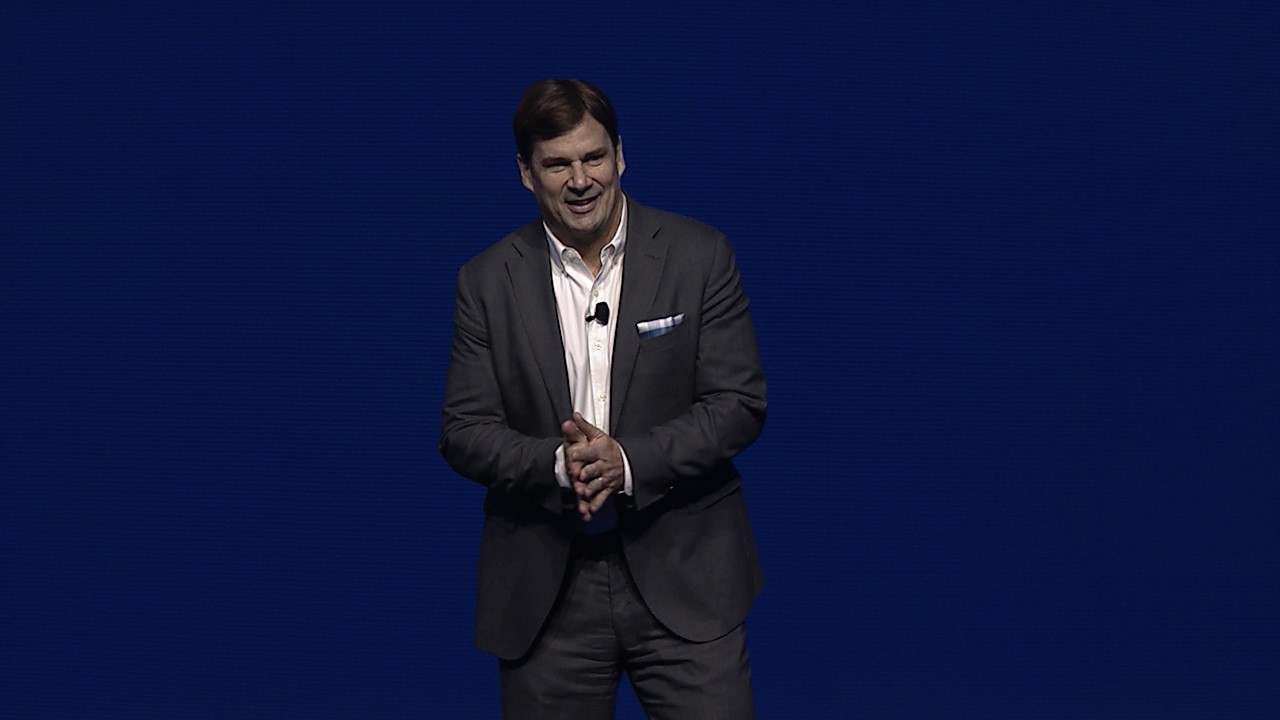
“Hybrids are not just an engine alternative. We will have it in our Mustangs and F-150s that will help in performance and low-end torque, respectively. You have to offer hybrids on mainstream products and that's what will get Ford to No. 1.”
Hybrids will play a big part of Ford's future plans, but that doesn't mean pure battery electrics are out of the mix. Farley hinted at an unnamed four-door utility “with the rebel soul of a Mustang.”
Future of connectivity
Technology will be another major driving force of automotive change and Ford wants to be a leader in that department by equipping all of its vehicles with standard high-speed 4G LTE by the end of 2019.
Other automakers already offer up Wi-Fi, but a major benefit for all customers will come in 2020 with over-the-air software updates. This will allow every customer to possess the latest software, enhancing their existing vehicle in the process.
Lastly, another plan for 2020 will bring a suite of advanced driver-assist technologies called Co-Pilot360 to almost every Ford car, truck and SUV. It will be standard equipment that will include automatic emergency braking for vehicles and pedestrians, blind spot monitoring, lane keeping assist, backup camera and auto high-beams.
- Published in News

